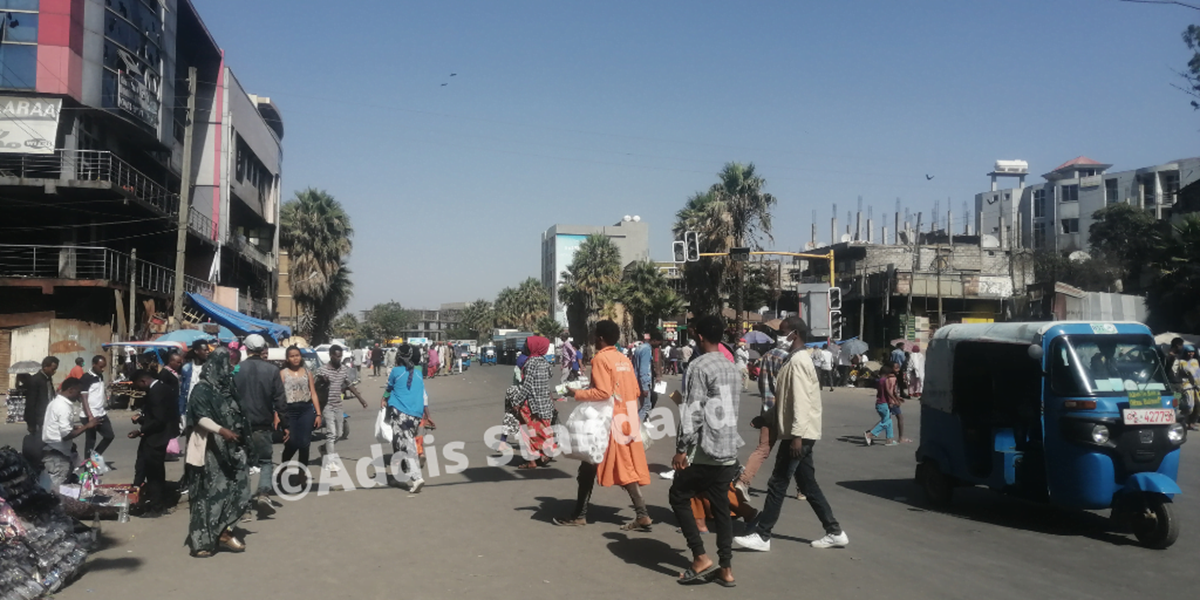News: Up to 30% children in Tigray face acute malnutrition, five million in need as aid remain far from adequate: UN

Addis Abeba -A report by the UN released yesterday revealed that an estimated 30% children in the Tigray region are facing “acute malnutrition” while more than five million people are in need of food assistance as humanitarian supply arriving in the region “remain far from what is needed to meet the huge needs.”
The Tigray region has been under what the UN itself had called a “de facto blockade” for more than a year, which contributed to the immense needs including acute malnutrition and deaths from hunger.
UNICEF had flagged the alarming rise in child malnutrition in the Tigray region as far back as June 2021. “More young children and babies slide dangerously close to sickness and potential death from malnutrition,” UNICEF warned then, “the world cannot permit that to happen.”
In the last two weeks, there has been “some gradual but tangible improvements in access into the Tigray region following the recent Cessation of Hostilities agreement,” the UN said, “however, what has arrived in Tigray remains far from what is needed to meet the huge needs there. More than 5 million people are in need of food assistance and an estimated 30 per cent of children are facing acute malnutrition.”
Access to most parts of neighboring areas of Amhara and Afar has improved in recent weeks. “However, we need to scale-up our work to help all those in need,” the UN said.
From the 15th to the 24th of November, more than 450 trucks carrying aid, by the Government and by the UN and NGOs, have arrived in Tigray. “The majority of this is food aid and some of it is medical and agricultural supplies. Some fuel and cash supplies have also been brought in. Sustaining and building on these movements to ensure that the required food and other items can reach all those in need is critical.”
The inadequacy of the humanitarian supply reaching Tigray was reflected by Atnket Mezgebo, head of the Tigray Agriculture and Natural Resources Development Bureau, who told the regional media on 27 November that over 6.5 million people in Tigray werein urgent need of humanitarian aid. He said although more than 36,000 quintals of humanitarian aid reached Tigray following the signed peace agreement, it is a limited supply in comparison to the scope of the humanitarian crisis in the region.
According to the UN, in addition to the humanitarian crisis in Tigray, Afar, Amhara regions, Ethiopia is experiencing a historic drought, and, in the Bale zone of Oromia and the Liban zone of the Somali region, there is an ongoing cholera outbreak. “Nearly 500 people have been affected, including 20 deaths, and hundreds of thousands more people remain at risk. The UN and partners are providing health and water and sanitation assistance.”
Furthermore, conflict in western Oromia also continues to drive people from their homes and has hampered our ability to provide aid.
According to the latest revised humanitarian response plan which is based on data as of June-July 2022, continued insecurity, including conflicts and multiple episodes of violence, as well as the ongoing drought that affected several parts of Ethiopia drove the need for Ethiopia’s mid-year humanitarian response to rise to $3.335 billion from US$ 3.085 billion at the start of 2022. AS








